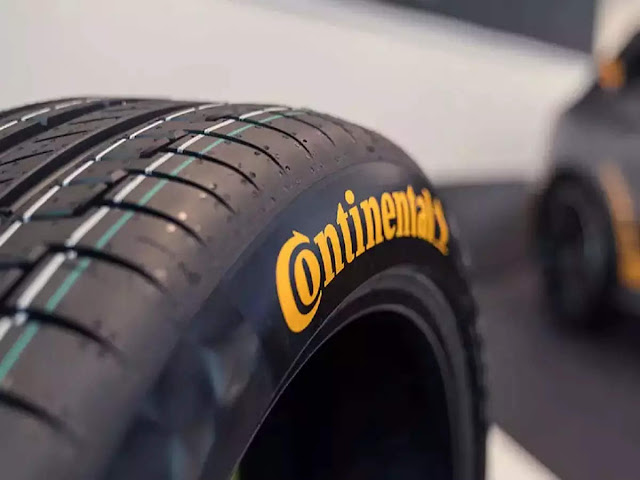How Frequently Do I Need To Change My Tyres?
Regular tyre replacements preserve the mechanical integrity of your vehicle. Your automobile will have to work more and burn more fuel if your tyres are not operating at optimal efficiency. This might result in increased operating costs for your automobile over time. More significantly, underperforming tyres reduce your car's safety when driving. There are three things to consider when determining whether to replace your tyres: wear, pressure, and damage. You should replace your tyres if any one of these components isn't working properly with the help of Mobile Tyre Fitting Manchester
When Should I Get New Tyres?
if the tread of the tyre is less than 1.6 millimetres
When the tread gets too low, you are required by law to replace your tyres. Currently, the minimum depth required by law is 1.6 mm over the centre ¾ of the tire's width and all the way around it.
The grooved rubber on the exterior of your tyres is called the tread. The tread level, which is determined by the depth of the groove, needs to be at least 1.6 mm. It is necessary to replace any tyres that have a tread depth of less than 1.6mm.
Low-tread tyres are considered dangerous to use since they have reduced traction on the road. The purpose of the tread level regulations is to ensure the safety of both you and other drivers when driving.
You may get them from stationery stores or from reputable auto parts vendors. Position the ruler within the groove and record the point on the ruler where the tread's top meets. There is too little tread if this mark is less than 1.6mm.
Raised rubber shapes in the tread of many tyres serve as helpful guidance. When they start to wear down and your tyre tread is less than 4mm, you should consider obtaining new tyres as soon as possible.
When the tread is less than 3mm, it is advised that you replace your tyres, even if the legal limit is 1.6mm. In rainy conditions, travelling at 50 mph would need you to stop your automobile eight more metres if the tread is 1.6 mm as opposed to 3 mm¹. Always consult your car's handbook before stepping outside of the acceptable ranges set by different manufacturers.
When Should I Replace My Tyres?
Most tyres can carry a vehicle for 20,000 to 30,000 miles on average.
To make sure your automobile is safe to drive, you should replace any tyres that are 10 years old. By examining the marks on the sidewall of your tyres, you may determine when they were manufactured. There would be a four-digit number there that corresponds to a month and a year; for example, 0316 would stand for March 2016.
It is a good idea to get your tyres checked frequently to make sure they are still in good condition if you have been driving on the same set of tyres for five years or more. As a result of heat, sunshine, and rain, tyres age and develop cracks. This is especially true with older tyres. Take your tyres to a professional for inspection right away if you see any cracks in them.
A group of knowledgeable specialists at Sturgess can do a comprehensive inspection of your tyres. In addition to evaluating them for issues, they will examine general wear and tear to ensure they remain sturdy enough for the roads.
How Often Should I Check the Pressure in My Tyres?
At the very least, check the tyre pressure before lengthy trips and once a month.
Your tyres will last longer if you maintain the proper pressure since the tread will wear down more uniformly. Insufficient pressure will cause the tyres to wear more on the outside edges; excessive pressure will cause the tyres to wear significantly in the centre.
You can check the handbook or the inside of the driver's door pillar for the proper tyre pressure. Typically, two figures—one representing the car's "normal" driving condition—will be displayed: one for when it is loaded and another for when it is not.
Most petrol pumps allow you to check the Cheap Tyres Manchester pressure. The pressure gauge should be firmly attached to the valve stem after removing the valve stem cap from the wheel. Once the gauge is in position, there shouldn't be any hissing sounds. On the monitor, the PSI reading will appear. To adjust the pressure to the proper amount if your tyres are either over- or under-inflated, follow the directions on the air pump.



Comments
Post a Comment